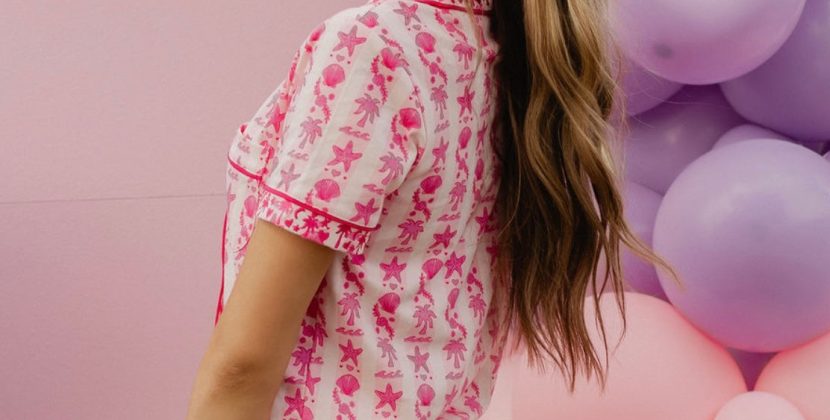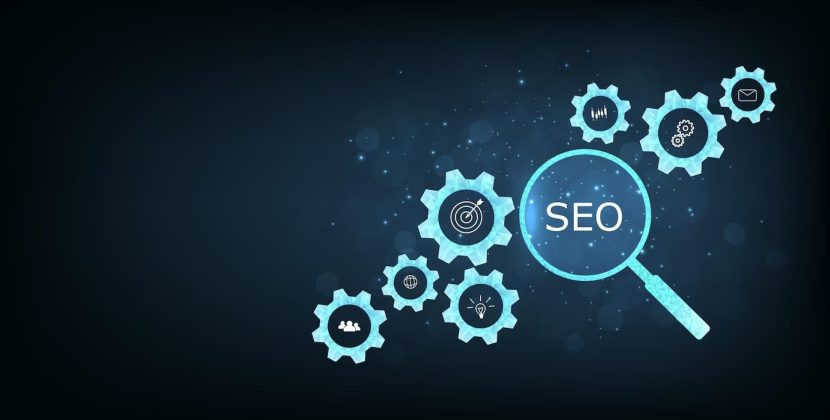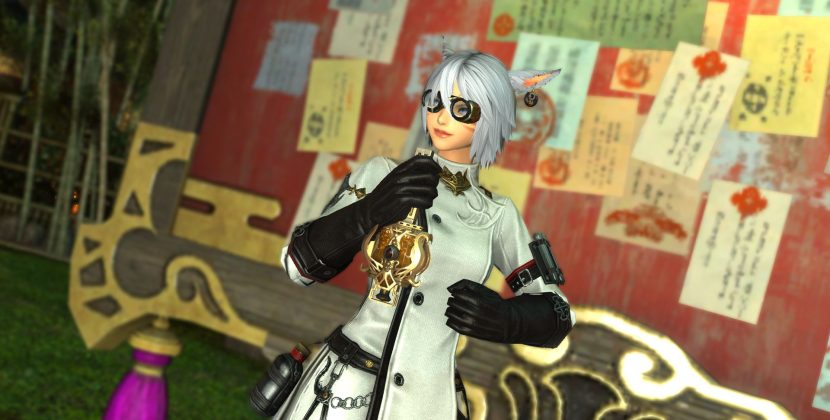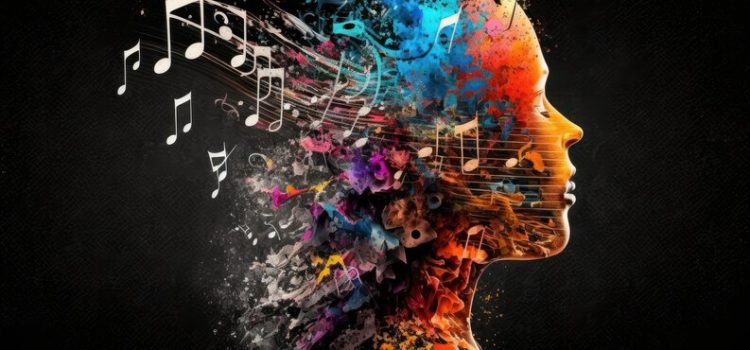
Copyright Infringement: AI Art Generators Face Increased Scrutiny
Introduction
Fred Wilson, a seasoned legal professional with over a decade of experience in intellectual property law, has been closely following the developments in the field of artificial intelligence (AI). His expertise in the intersection of law and technology provides him with a unique perspective on the legal implications of AI art generators.
Understanding AI Art Generators
AI art generators are innovative tools that use machine learning algorithms to create unique pieces of art. These tools leverage vast datasets of existing artworks to generate new pieces that are both original and aesthetically pleasing. However, as these AI systems become more sophisticated, they have begun to face increased scrutiny from legal professionals, AI developers, and policy makers.
The Legal Implications of AI Art
The legal complexities surrounding AI-generated art primarily revolve around copyright laws. Traditional copyright laws were designed to protect the rights of human creators. However, when an AI system generates a piece of art, it raises the question: who owns the copyright? Is it the developer of the AI system, the owner of the AI system, or does the AI system itself hold any rights? These are some of the questions that legal professionals are grappling with.
Case Studies of Legal Disputes Involving AI Art
There have been several high-profile legal disputes involving AI art generators. For instance, in one case, an AI art generator was used to create a piece of art that closely resembled a work by a famous artist. The artist’s estate claimed copyright infringement, arguing that the AI system had essentially copied the artist’s style. The case raised important questions about the extent to which an AI system can replicate an artist’s style before it constitutes copyright infringement.

The Role of Policy Makers in AI Art Copyright
Policy makers play a crucial role in shaping the legal landscape of AI art. As AI systems continue to evolve and become more sophisticated, it’s clear that existing copyright laws may not be sufficient. Policy makers have the opportunity to influence the future of AI art by creating legislation that addresses these new challenges. This could involve establishing new laws or amending existing ones to better accommodate the unique circumstances of AI-generated art.
How AI Developers Can Navigate Legal Challenges
AI developers are at the forefront of this new legal frontier. By staying informed about the latest legal developments and understanding the potential implications of their work, developers can navigate these challenges more effectively. This might involve consulting with legal professionals, participating in policy discussions, or implementing safeguards in their AI systems to prevent potential copyright infringement.
The Future of AI Art and Copyright Law
The intersection of AI art and copyright law is a rapidly evolving field. As AI systems become more advanced and capable of creating increasingly sophisticated artworks, the legal challenges are likely to become more complex. However, with proactive policy making, informed legal practices, and responsible AI development, it’s possible to navigate these challenges and continue to innovate in the field of AI art.
Table: Key Points
| Heading | Key Point |
|---|---|
| Understanding AI Art Generators | AI art generators use machine learning to create art. |
| Legal Implications of AI Art | Current copyright laws may not fully cover AI-generated art. |
| Case Studies | Real-world legal disputes provide insight into the challenges of AI art. |
| Role of Policy Makers | Policy makers can influence the legal landscape of AI art. |
| AI Developers and Legal Challenges | Developers can navigate legal challenges with awareness and preparation. |
| Future of AI Art and Copyright Law | The future holds potential changes in law and further innovation in AI art. |










